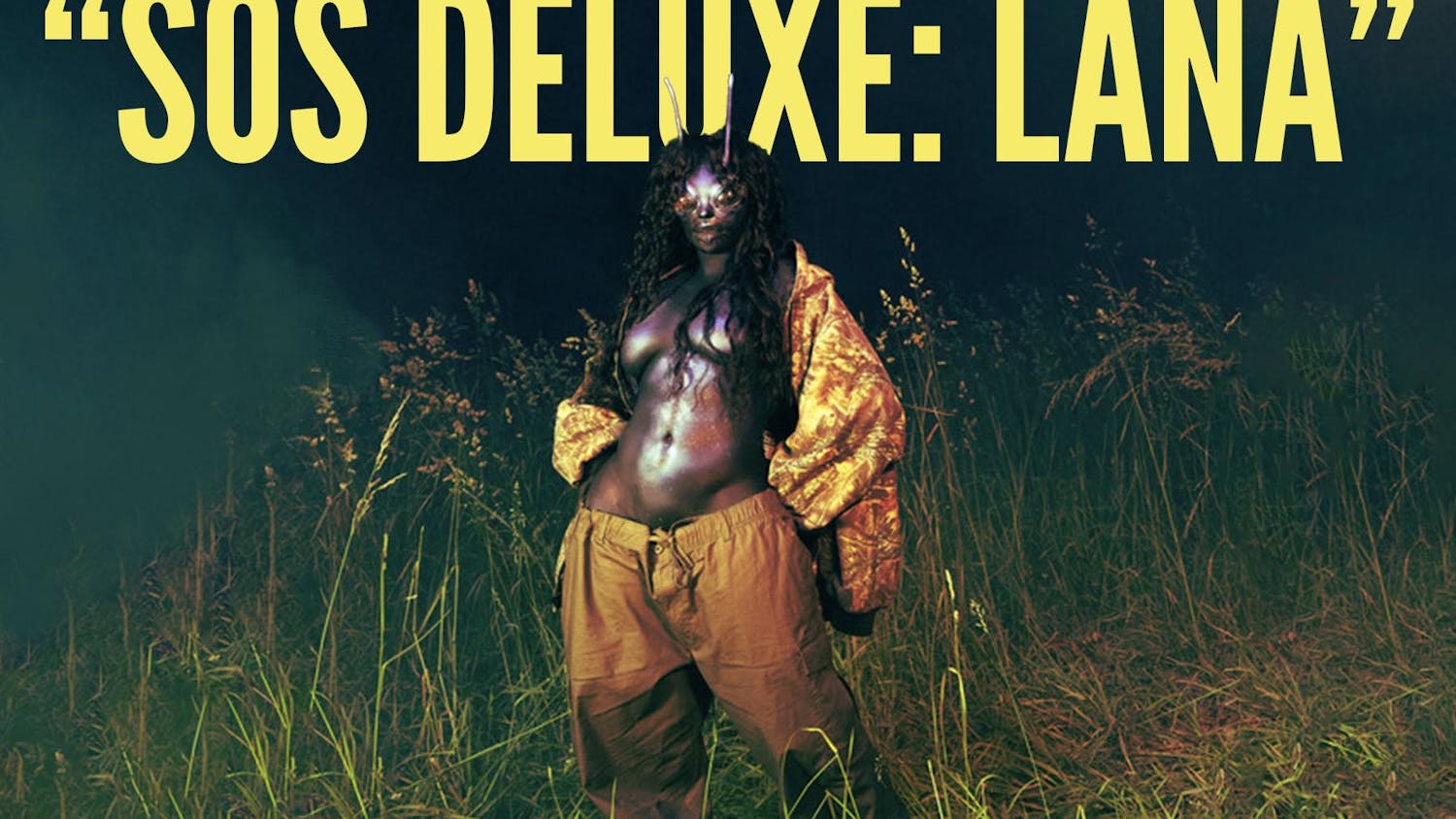
This past Thursday through Sunday, the DeBartolo Performing Arts Center held an International Film Fest in conjunction with the Notre Dame International (NDI) Senior Fellows. The fest, which was intended to highlight Notre Dame’s International Education Week, featured four films: one from Iran, one from Guatemala, one from Ireland and one from India.
Thursday’s showing was “There is No Evil” (made in Iran). Friday offered two features: “La Llorona,” and “The Commitments,” which first released in Guatemala and Ireland, respectively. On Sunday, festival-goers were treated to a film called “The Cloud-Capped Star,” which was made in India.
I had the pleasure of viewing “La Llorona,” which was originally released in 2020 and directed by Jayro Bustamante. The movie takes place in Guatemala, and its characters speak Spanish, as well as Kaqchikel and other Mayan dialects.
The story of “La Llorona” is based on a Latin American folk tale in which a mother drowns her children and then herself (upon realizing what she has done). After drowning herself, she is cursed to roam the Earth in search of her children’s souls. This story is told to children to promote good behavior so that La Llorona — the ghost of this mourning mother — won’t haunt them.
The film “La Llorona” is a spin-off of this traditional story that changes its setting to Guatemala during the rule of a Guatemalan general. The general is essentially a dictator who intends to construct “one national identity” for his nation by approving the genocide of thousands of indigenous Mayan peoples.
Once the general is proven guilty of genocide, peaceful protests begin occurring outside of his home each day. His entire house staff, with the exception of Valeriana, the head maid, quits because they are indigenous Mayan people. In their stead, Alma, another Mayan woman, begins to work for the General and his family, thereby entering the plot of the movie.
“La Llorona” contains a substantial amount of symbolism tied to the story of La Llorona — that of water and souls. As I have mentioned, the traditional story of “La Llorona” involves a woman looking for the souls of her children. In the film, though, protestors are in search of their ancestors’ and relatives’ souls. We see these lost souls in the form of frogs that plague the general’s home and his pool.
The general is also continually tormented by odd happenings within his house, ones that no one else in his family seems to notice. For instance, the general often hears the voice of a crying woman at night. This crying woman is a direct connection to the original story, but in the case of the film, it also represents all of the lost souls the general has killed.
Water often symbolizes life in literature and films. However, in “La Llorona,” water represents death as well as life. When Alma arrives at the general’s house, the first thing we hear is counting. We later see Alma forcing the head of the general’s granddaughter under water in a sink and claiming that she is “teaching her how to hold her breath.” However, the fact that the granddaughter almost drowns herself later in the movie indicates that Alma was trying to protect her and teach her to fight against this death.
Alma is also found crying as the bathroom is flooded with water from the overflowing bathtub in which she sits. From this and other pieces of evidence, it is clear that Alma is “La Llorona,” but this is never explicitly stated.
The film is filled with symbolism besides water and souls. The general’s wife has nightmares of being attacked, and pieces of paper depicting dead relatives appear around the home. While these symbols are not as prevalent, they still impact the story as a whole and truly make the viewer think about what the filmmakers are trying to suggest about genocide and race.
“La Llorona” is not exactly a traditional horror film. There are suspenseful moments in the film, during which I peered through my fingers in hopes that I could see the screen without being scared.
However, the movie’s real horror does not come from its cinematography or eerie music, but from its main message. There is a deep fear held by many of the story’s main characters, those that are being murdered and those that are involved with the murder. The true horror happens in the genocide that occurs to countless innocent humans, and the traditional story of “La Llorona” is a useful tool to look into this horrible dynamic.
If you have a chance to see “La Llorona,” I highly recommend that you take some time out of your day to sit, watch and understand the horrors that take place within the film.
Title: “La Llorona”
Starring: Maria Mercedes Coroy, Sabrina De La Hoz, Julio Diaz
Director:Jayro Bustamante
If you like: “Schindler’s List,” “The Conjuring”
Watch it here: Amazon Prime, Apple TV
Shamrocks: 4 out of 5
Read More
Trending









